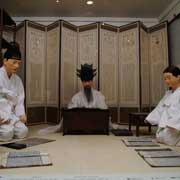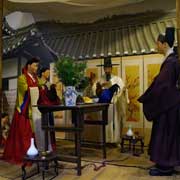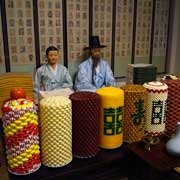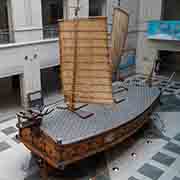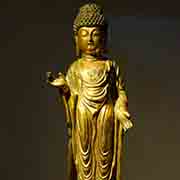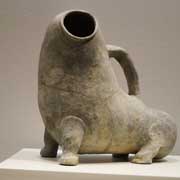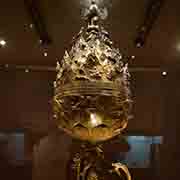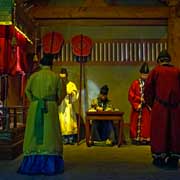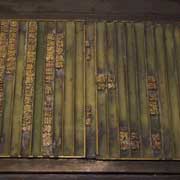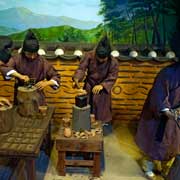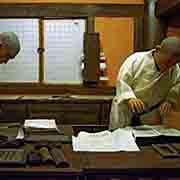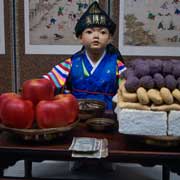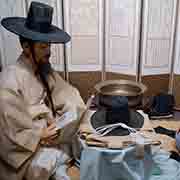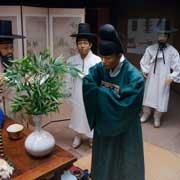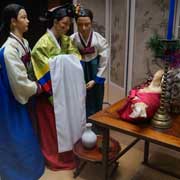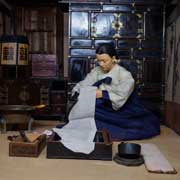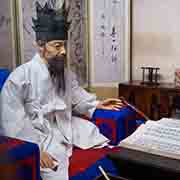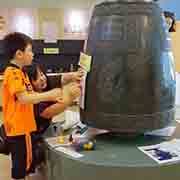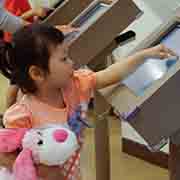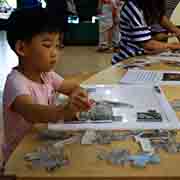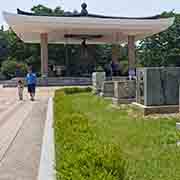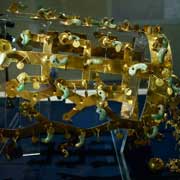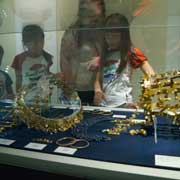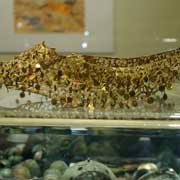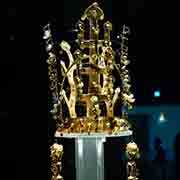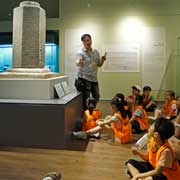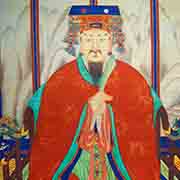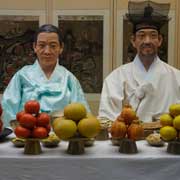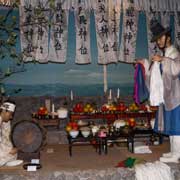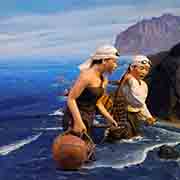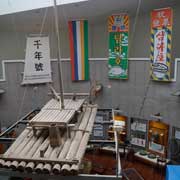Photos of Museums of Korean History and Culture, Korea
Museums of Korean History and Culture
There are many museums all over the country, where one can experience Korea’s rich culture and history, using ancient objects and life-size displays of traditional life and ceremonies. The National Folk Museum of Korea, within the grounds of the Gyeongbokgung Palace in Seoul, uses replicas of historical objects to illustrate the history of traditional life of the Korean people, covering from prehistoric times to the end of the Joseon Dynasty in 1910. Among others, a traditional Korean wedding and the “Hwangap” 60th birthday celebration are illustrated with life-size mannequins. Similar displays are found in Andong’s Folklore Museum.
you may then send it as a postcard if you wish.
The Baekje Kingdom (18 BCE – 660 CE) comes to life in the museums of Gongju and Buyeo, while the Silla Kingdom (57 BCE – 935 CE) is celebrated in Gyeongju National Museum. The younger generation also discovers it with many “hands-on” experiences: building models, computer displays, puzzles and much more in the museum’s children’s section. And the Early Printing Museum in Cheongju brings to life the process of the manufacture of the Jikji, a Korean Buddhist document printed during the Goryeo Dynasty in 1377, the world’s oldest extant book printed with movable metal type.
Jeju island, south of Korea’s mainland, is famous for its “Haenyeo”, woman divers of Jeju. Their way of life is displayed in Jeju’s Folklore and Natural History Museum and the Haenyeo museum dedicated exclusively to this unique aspect of the island.



